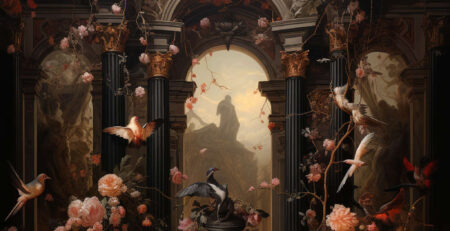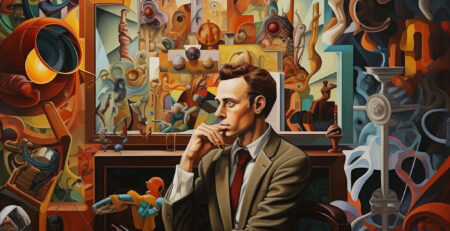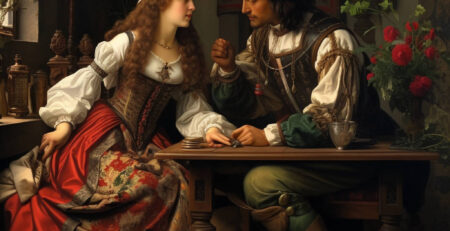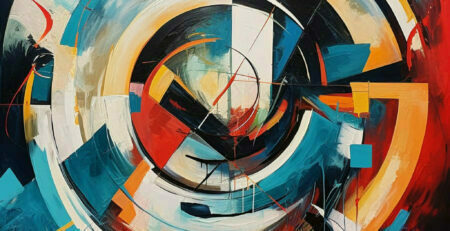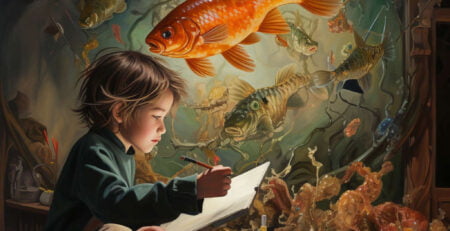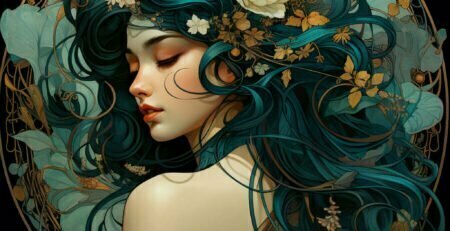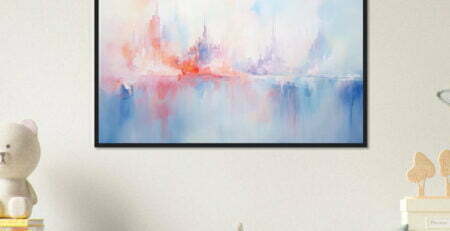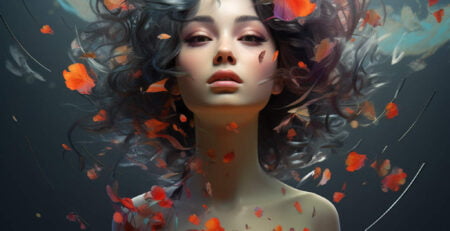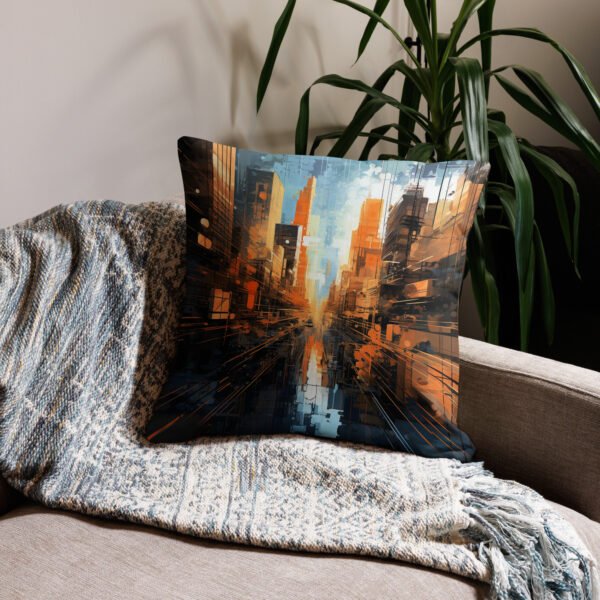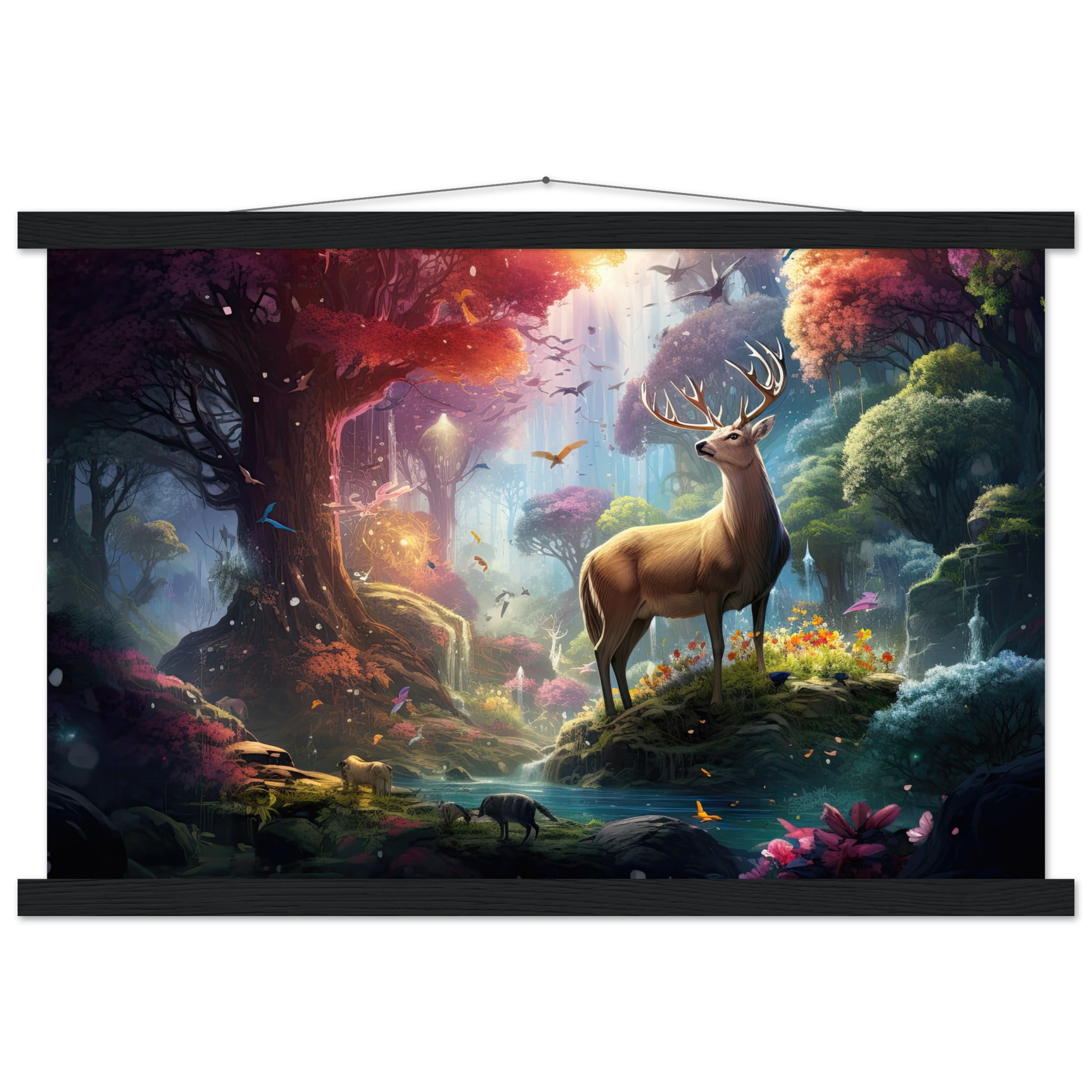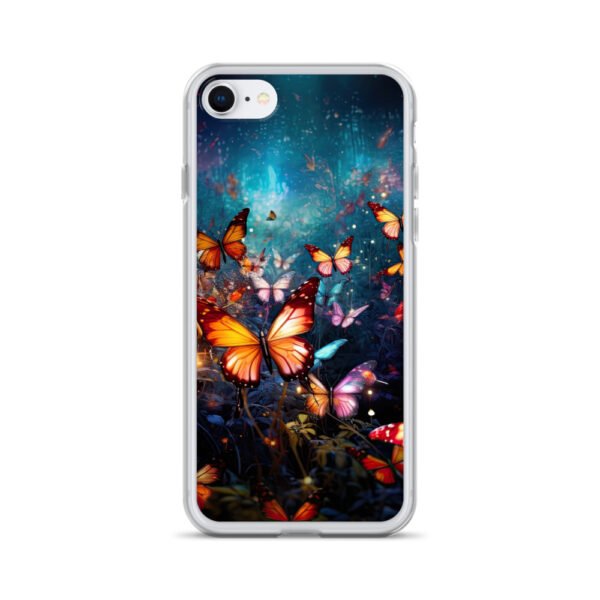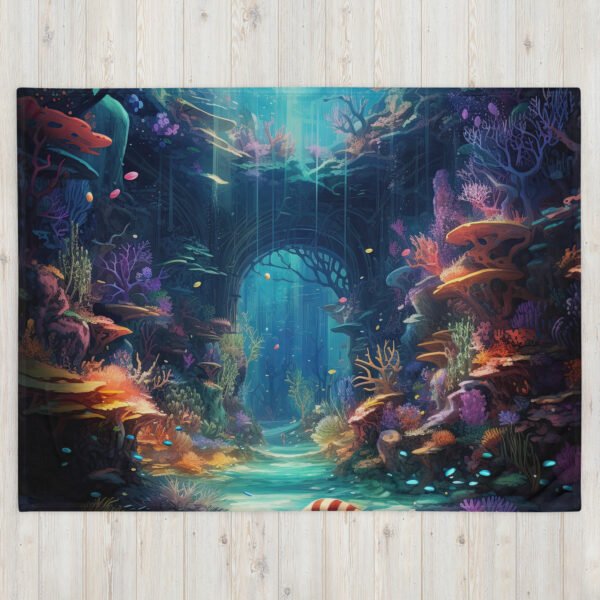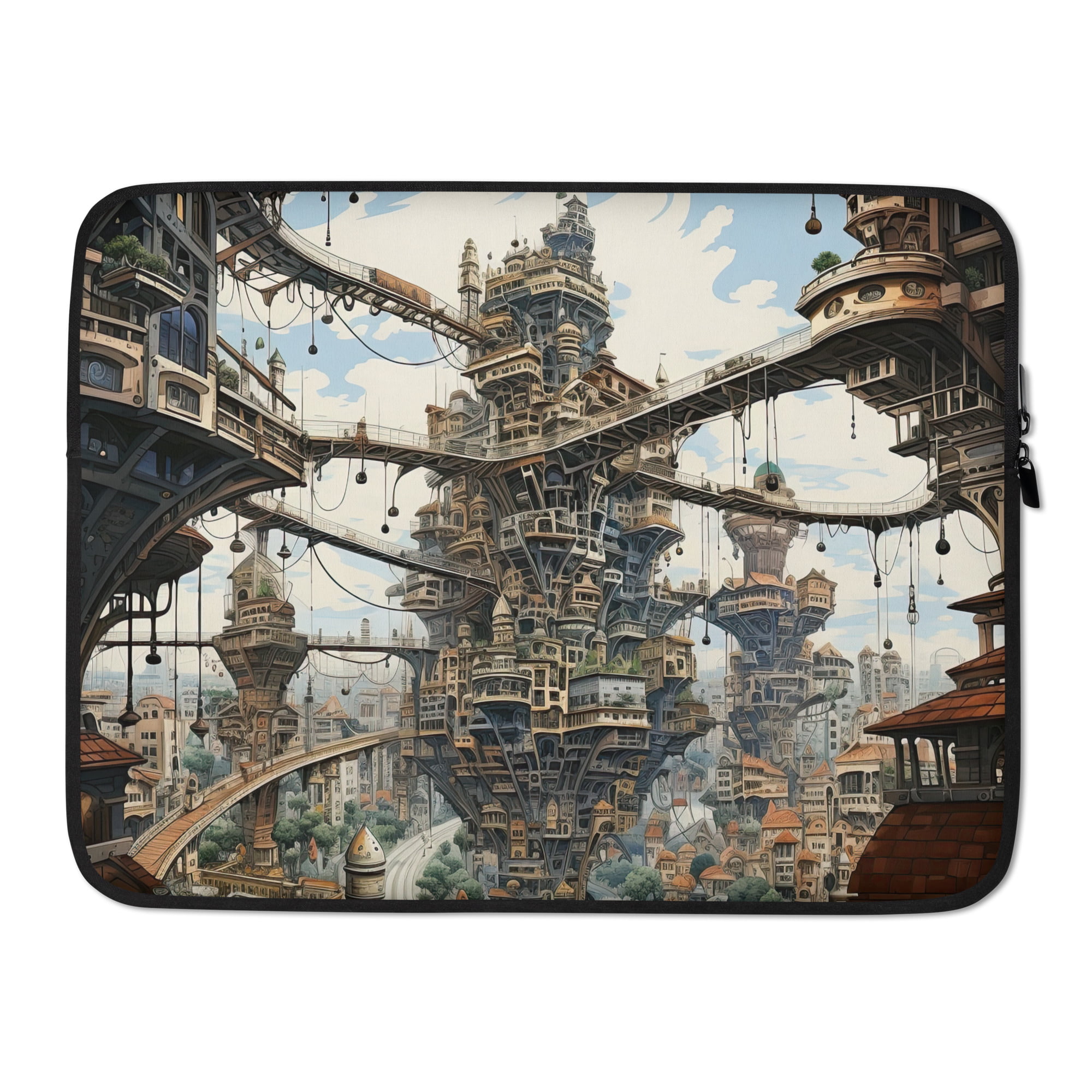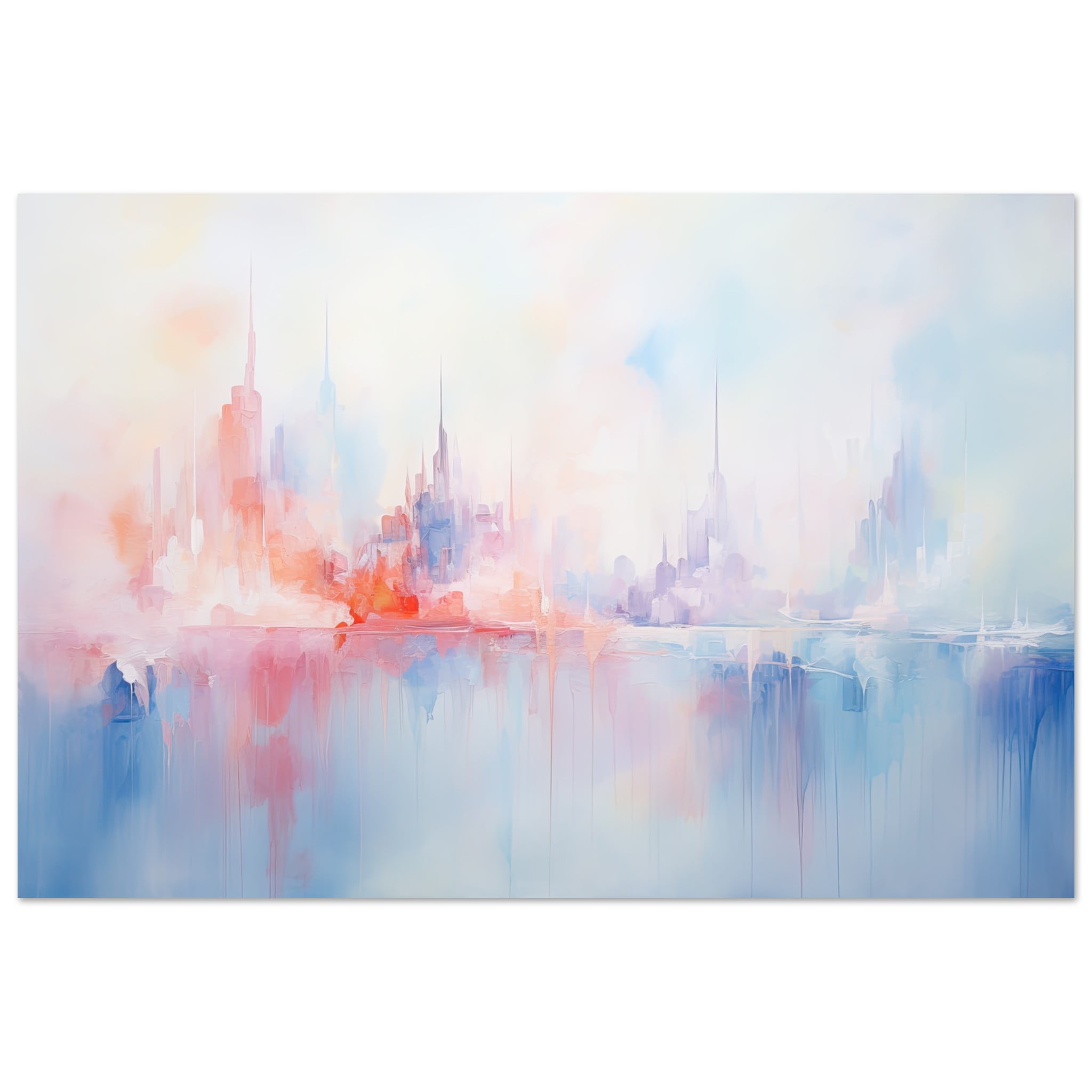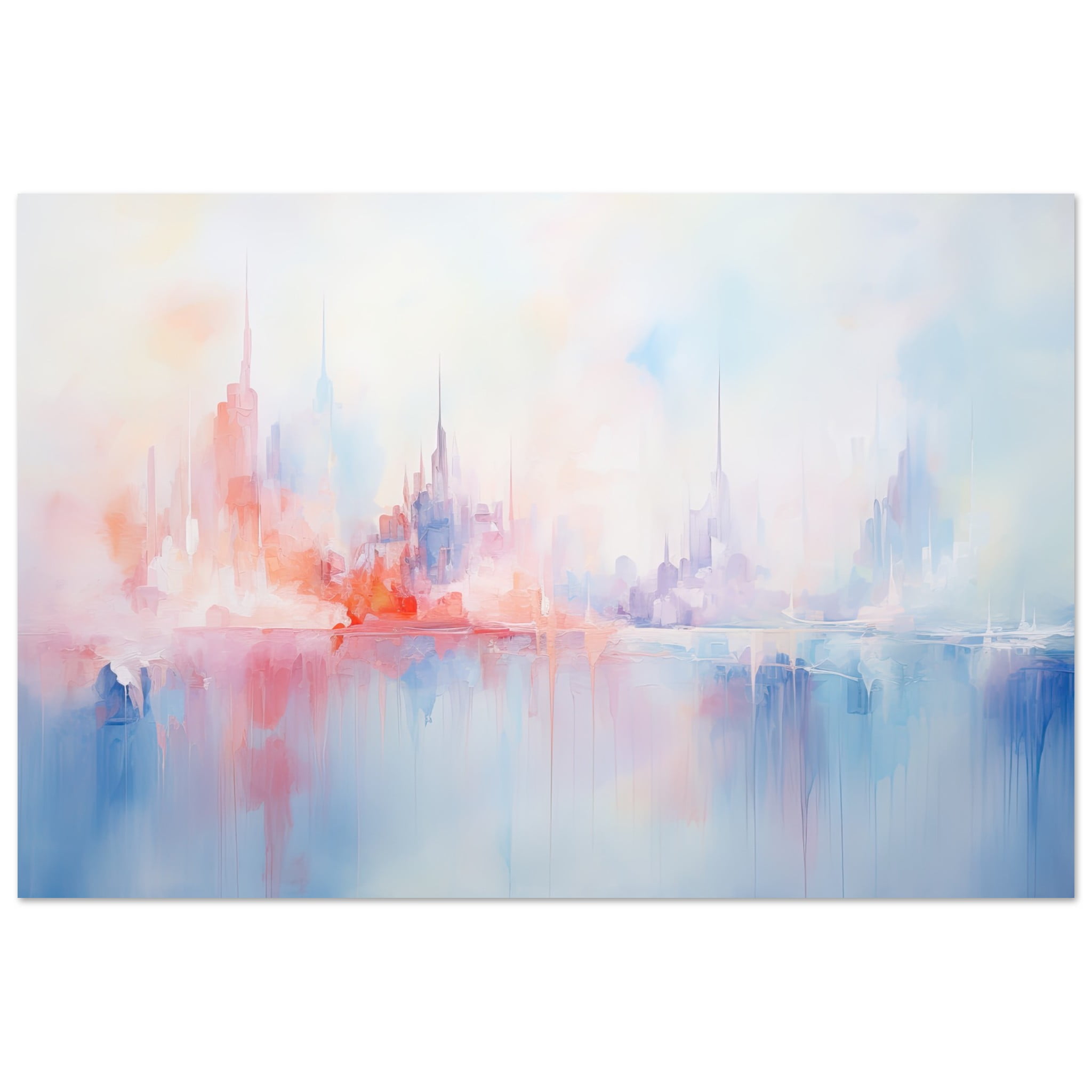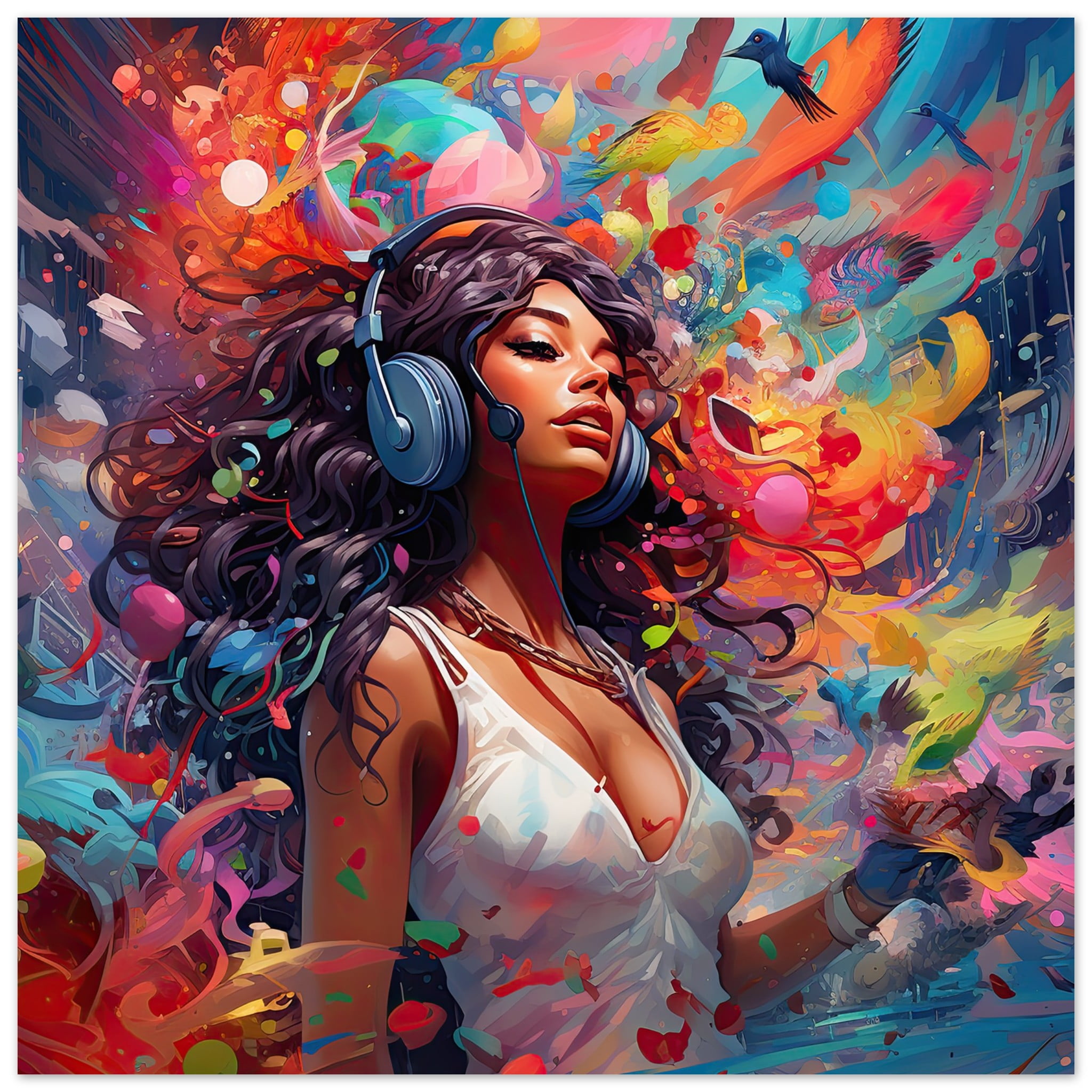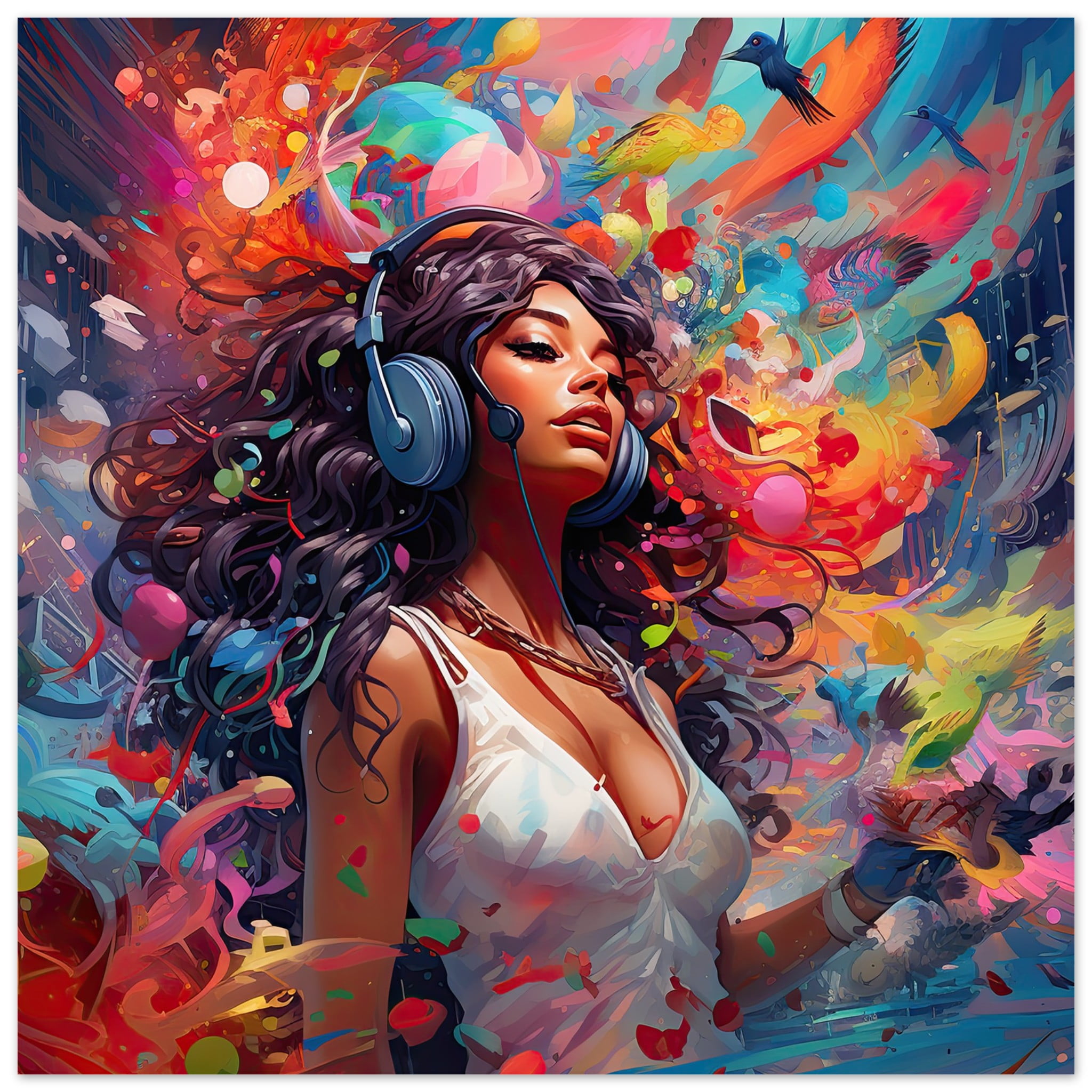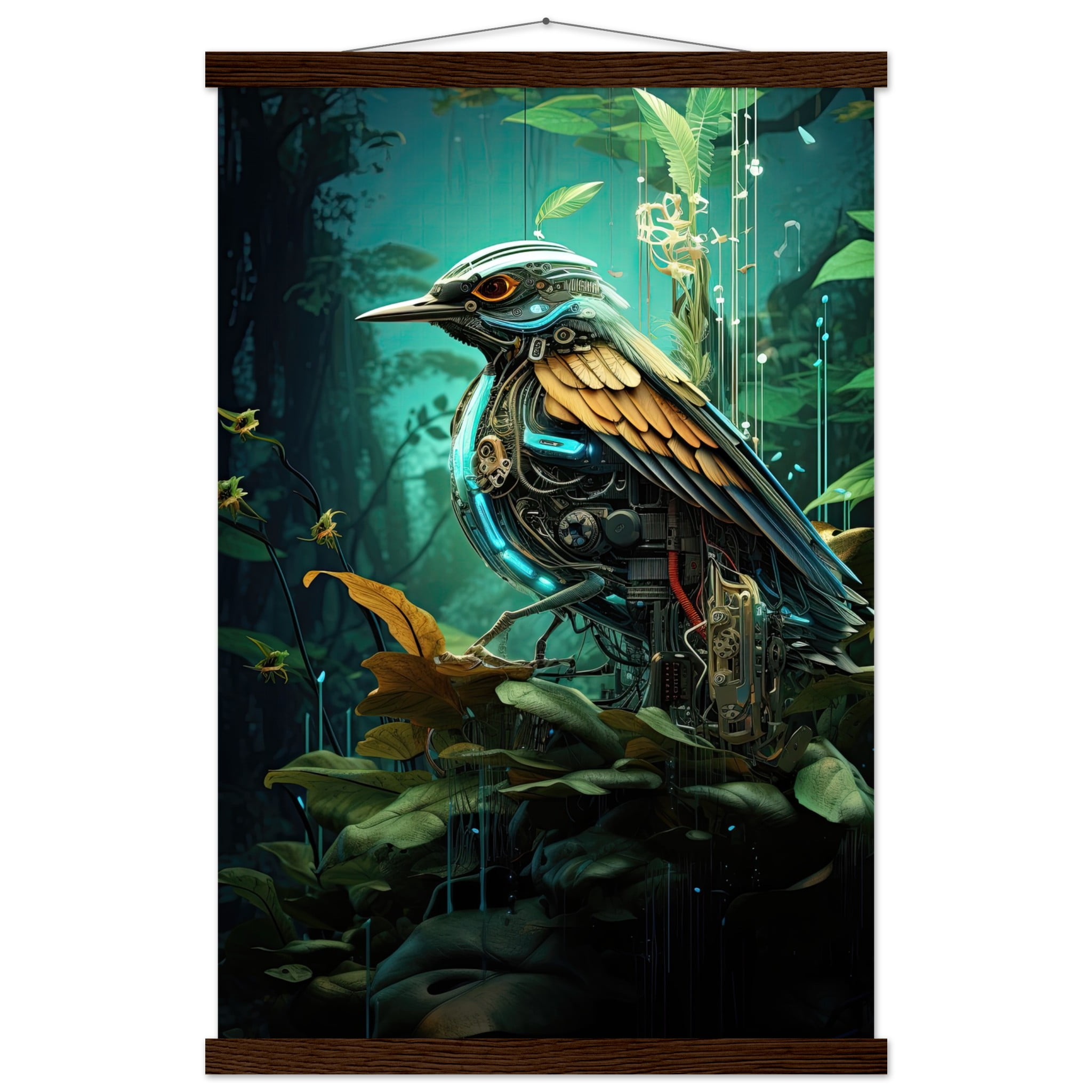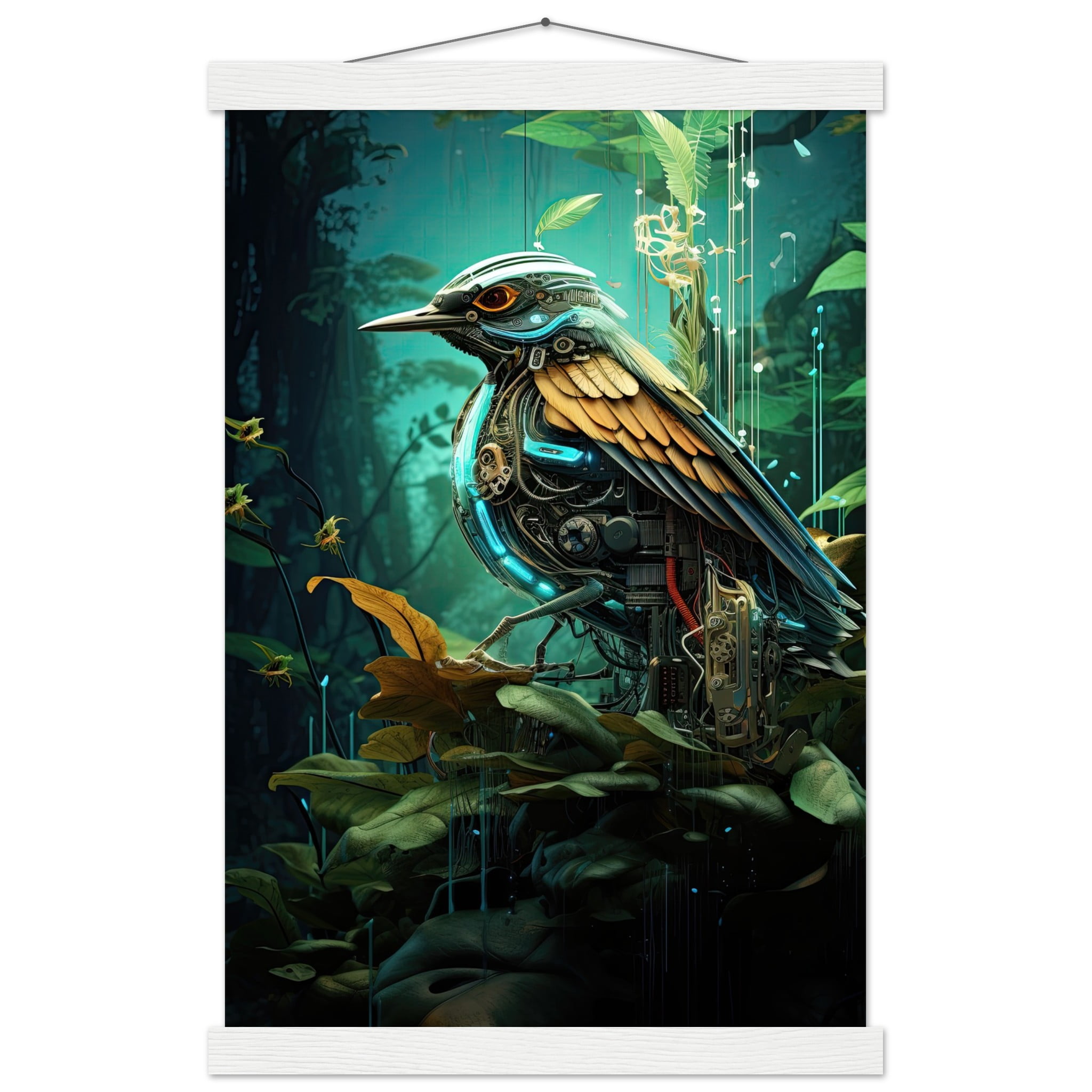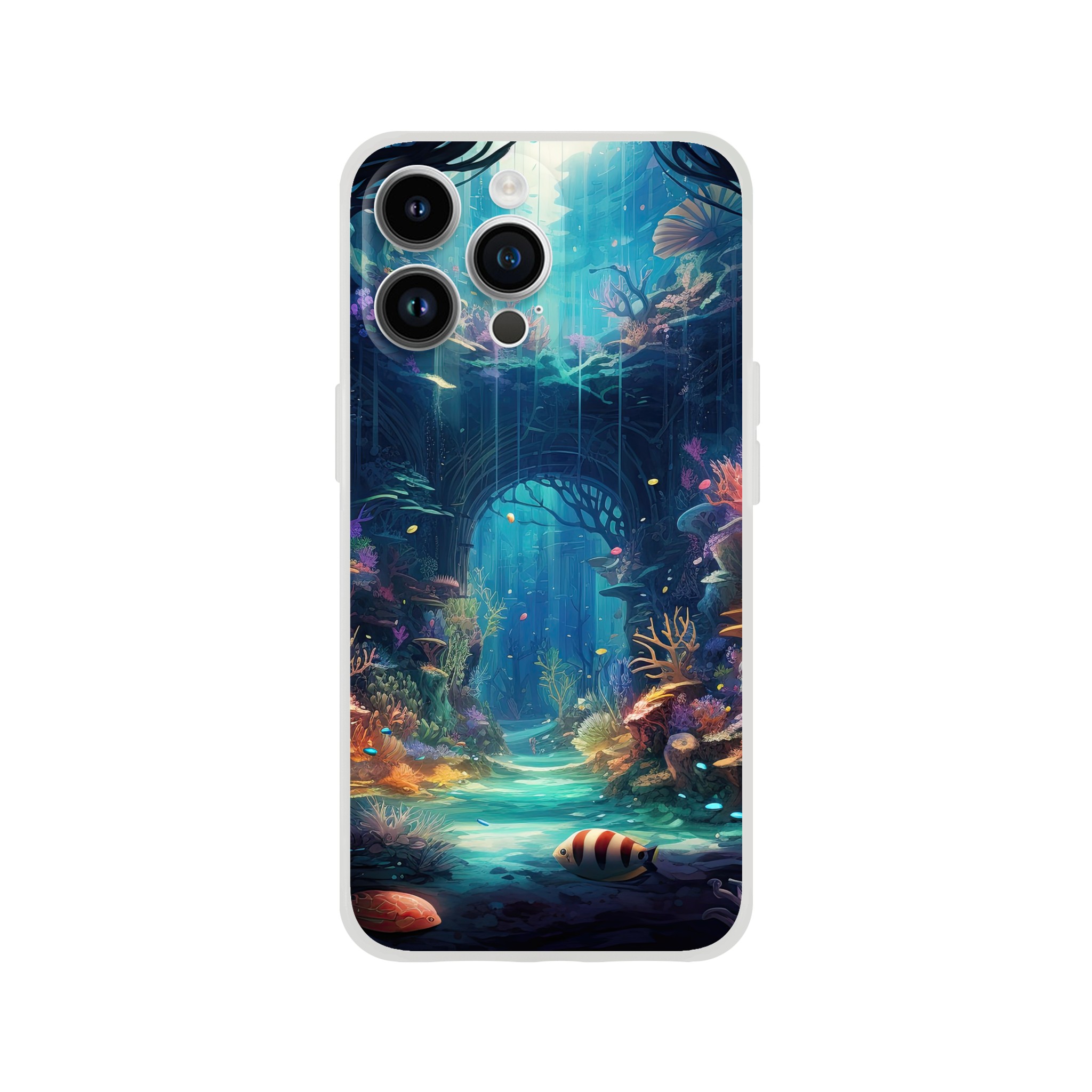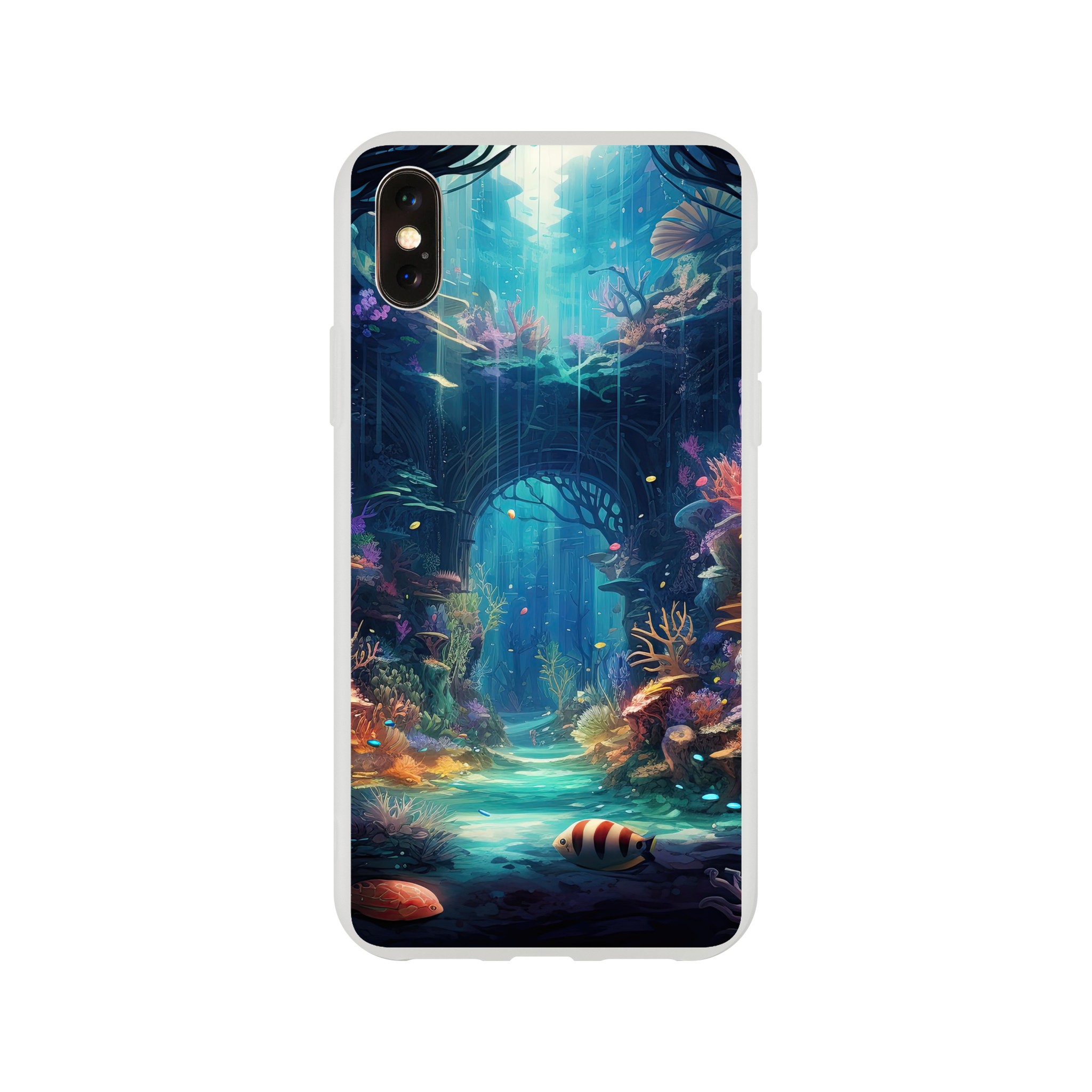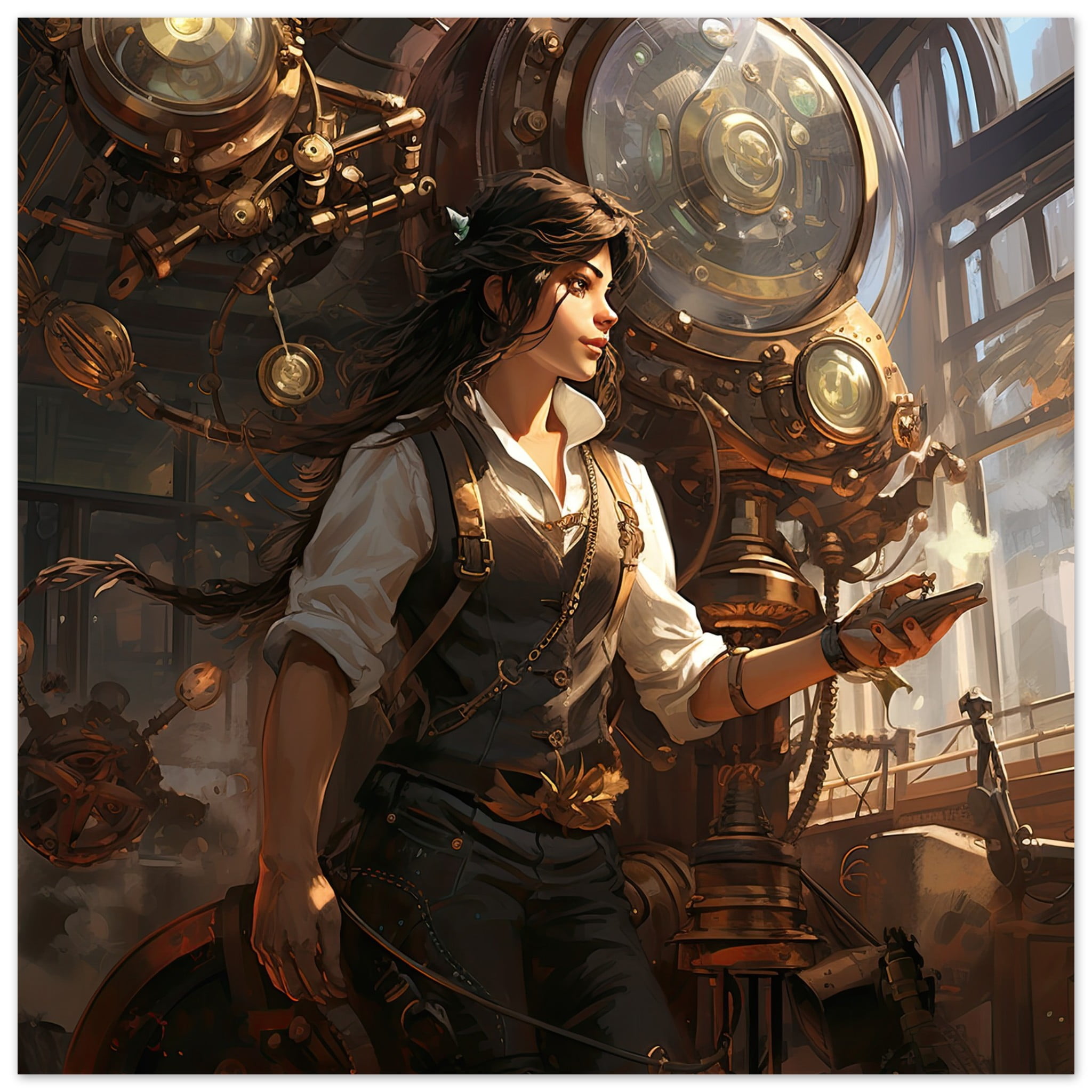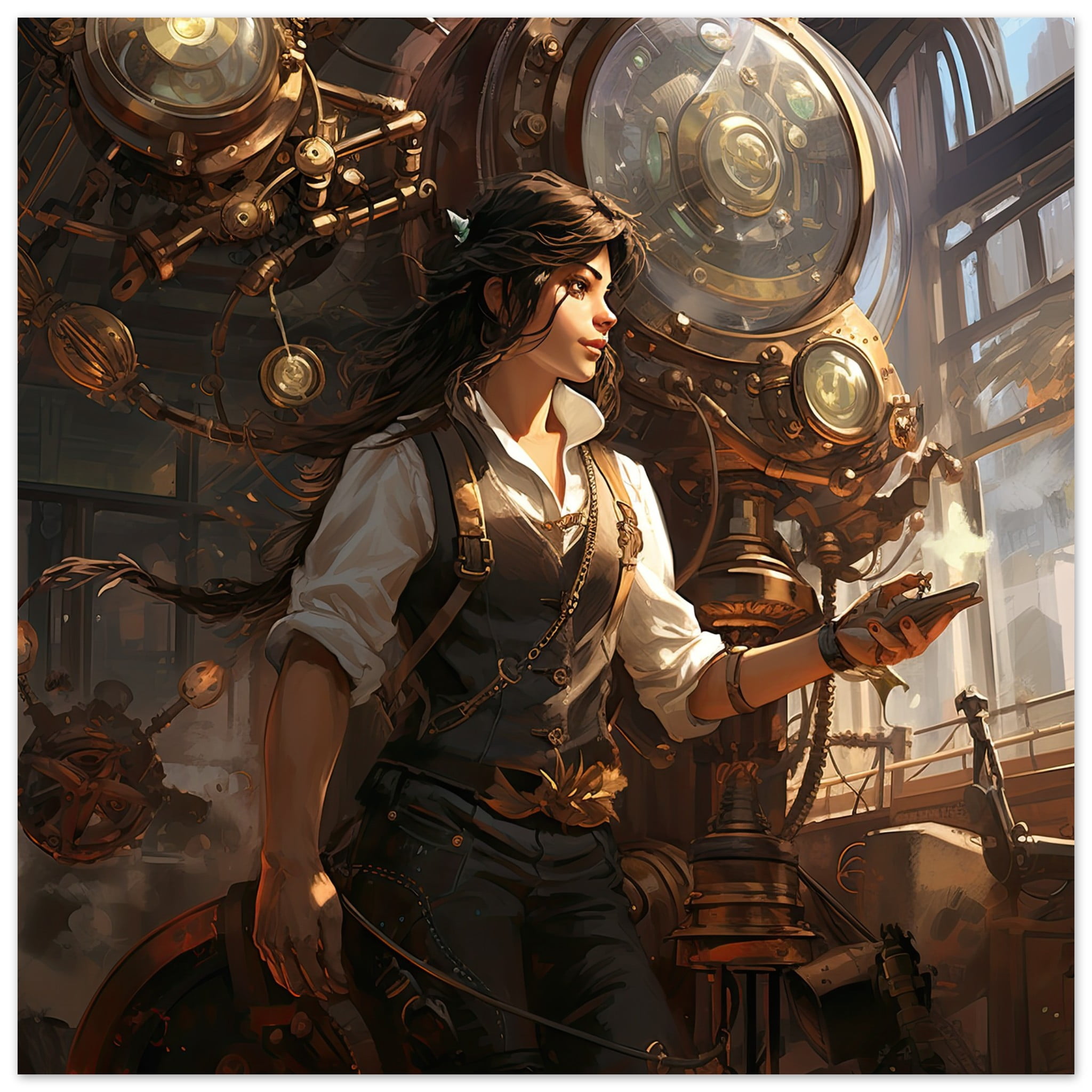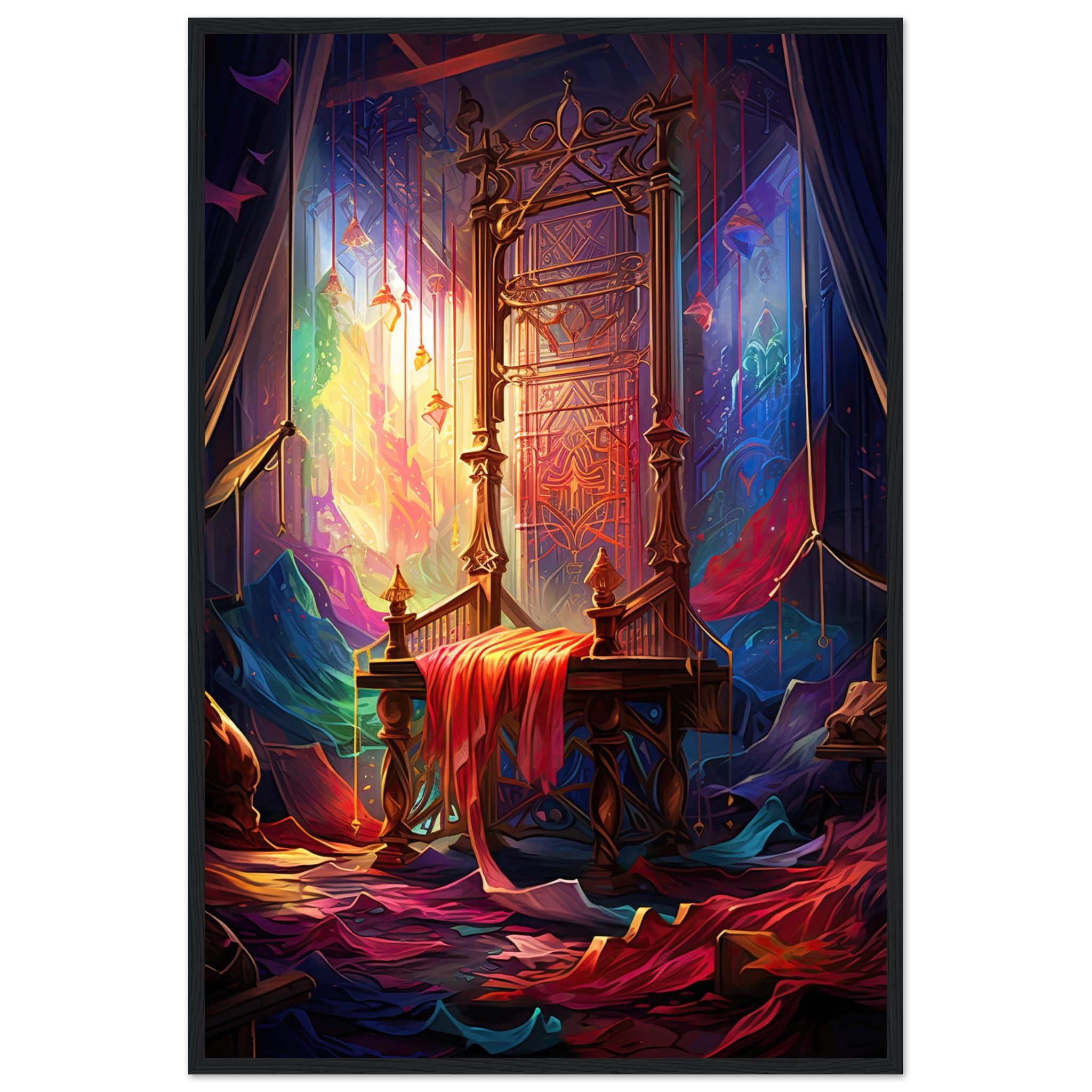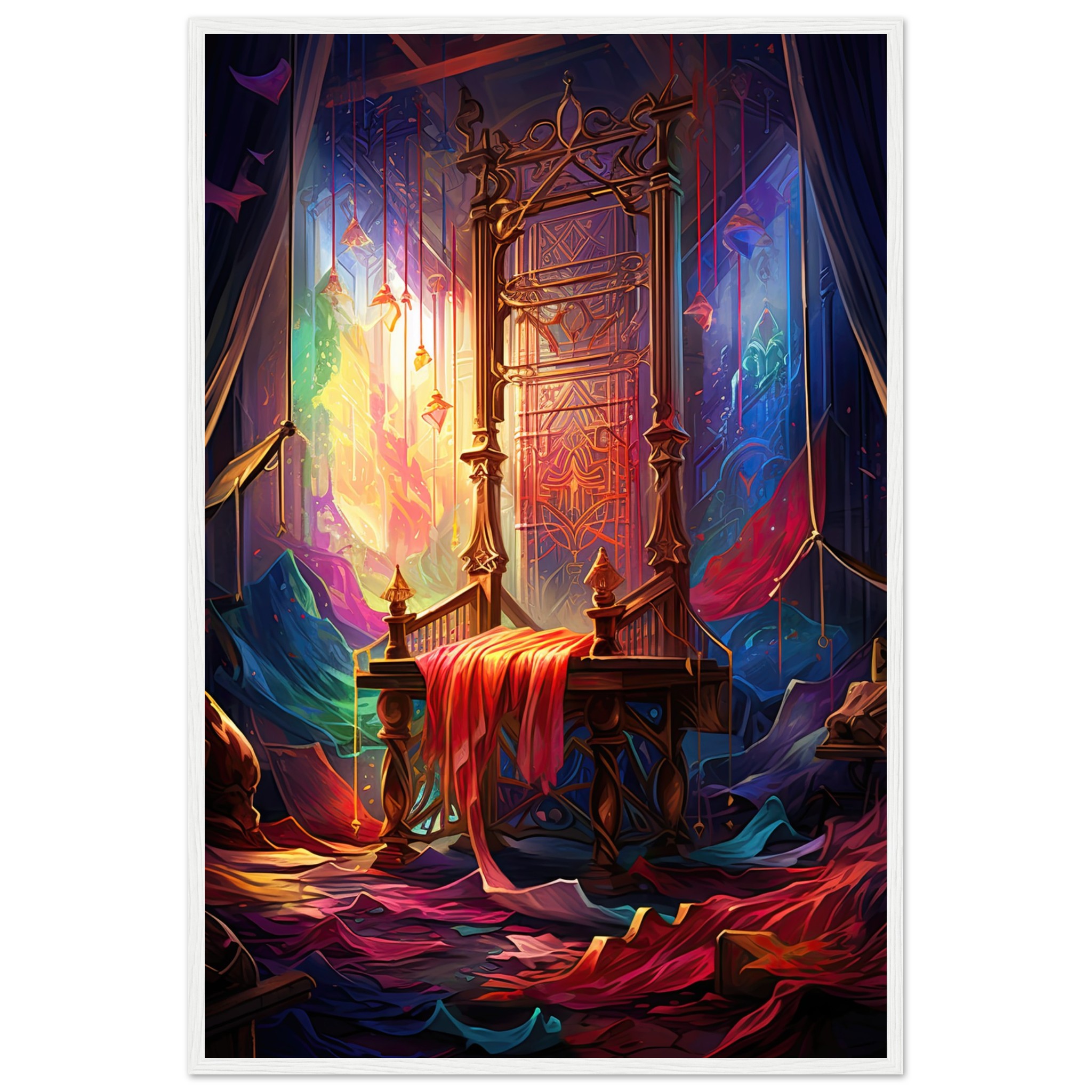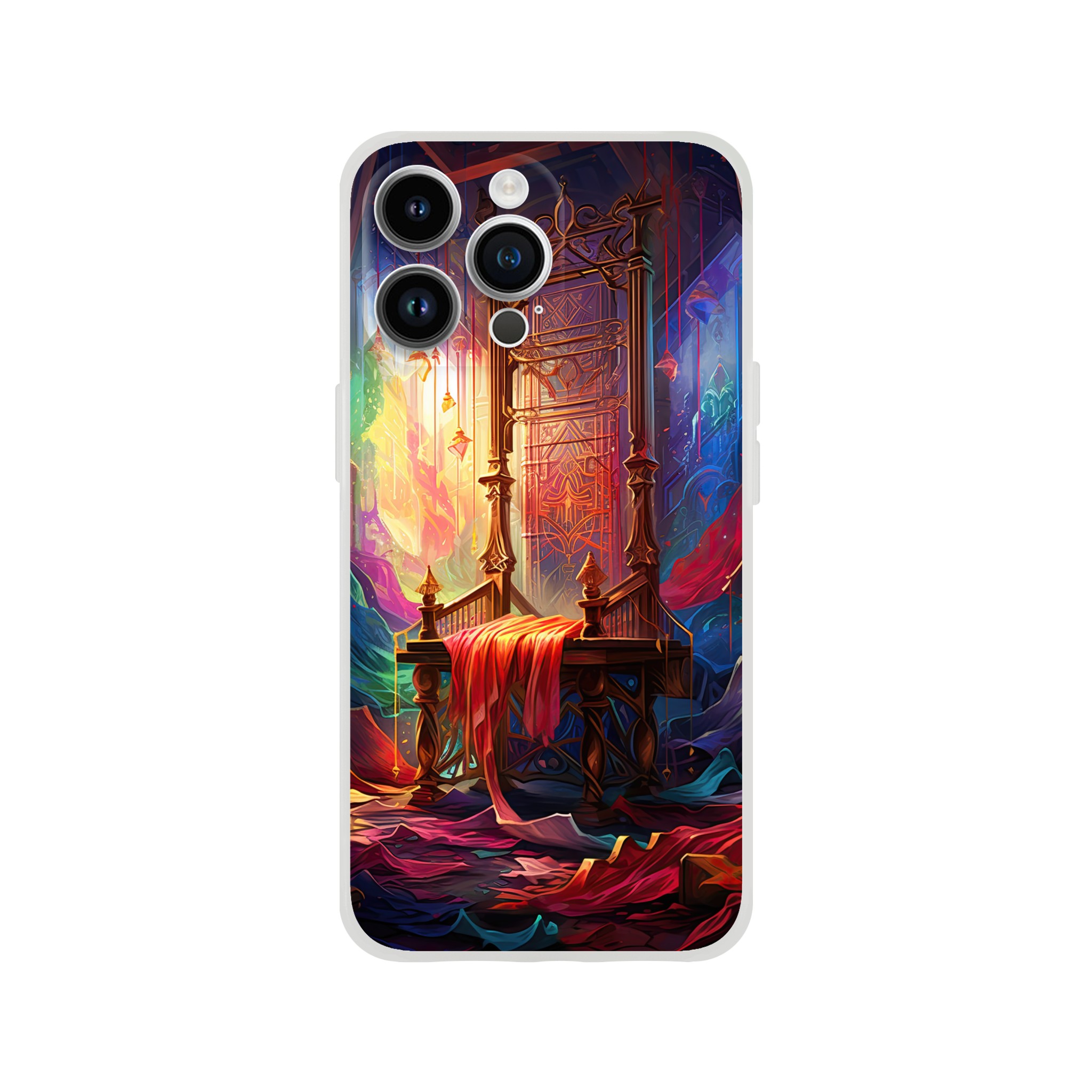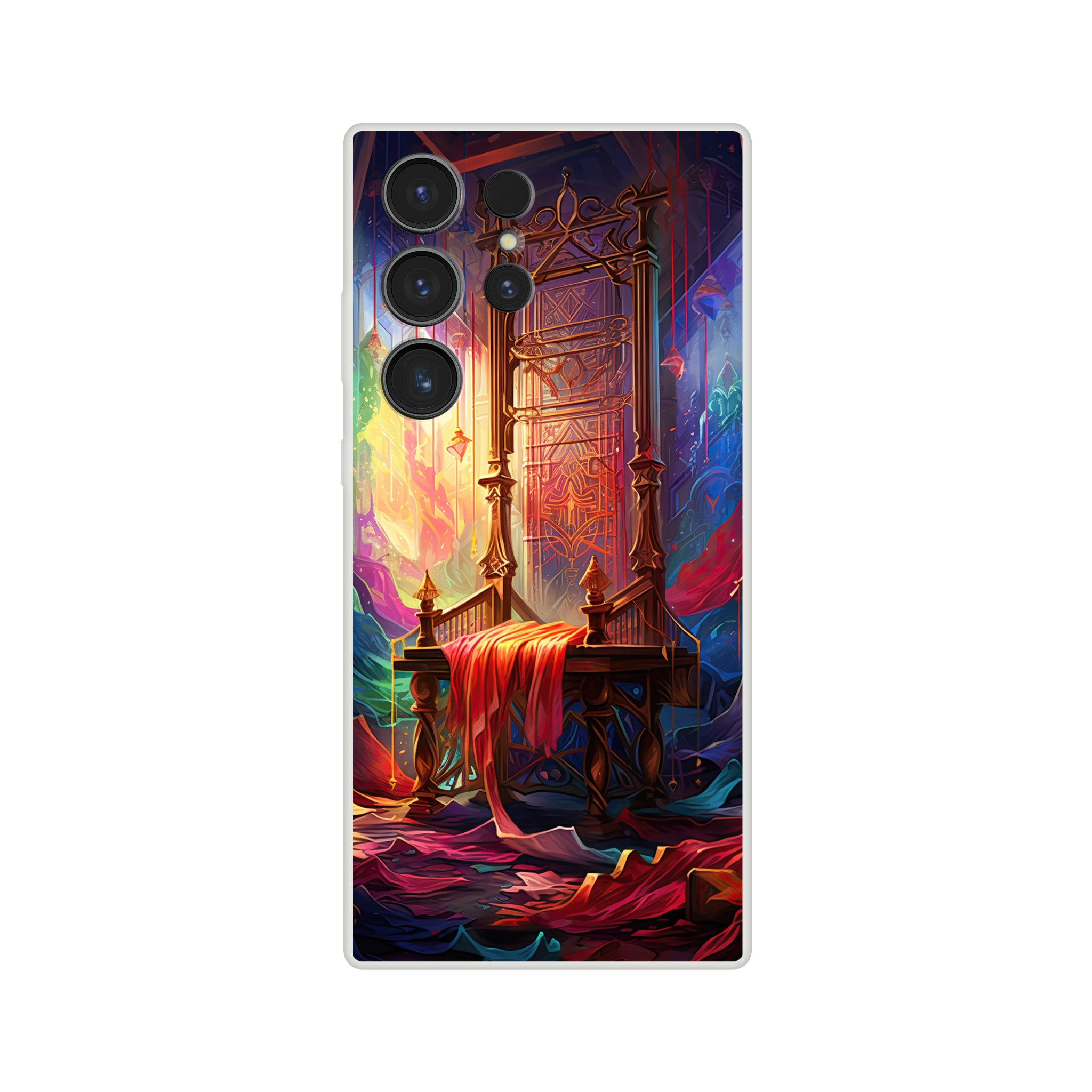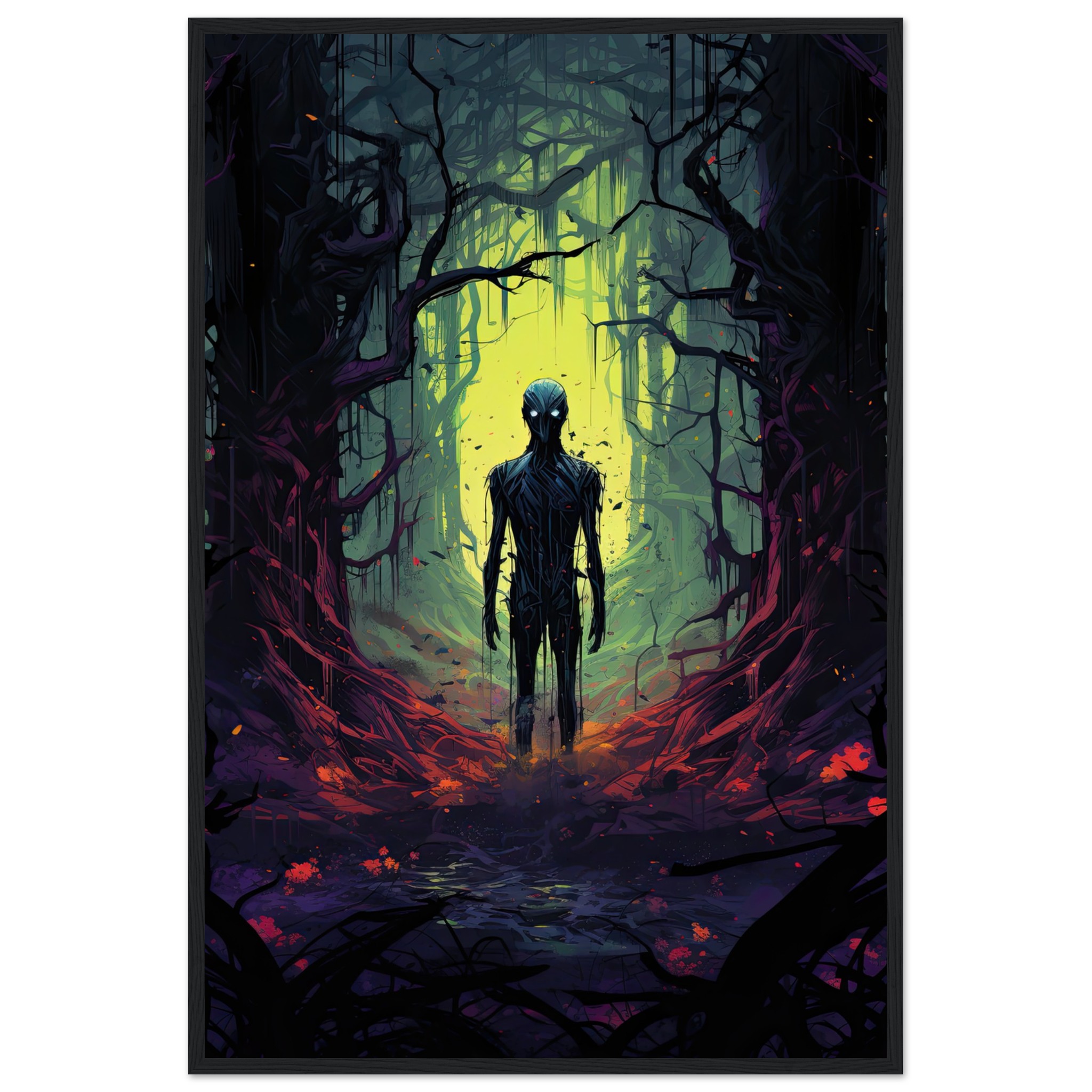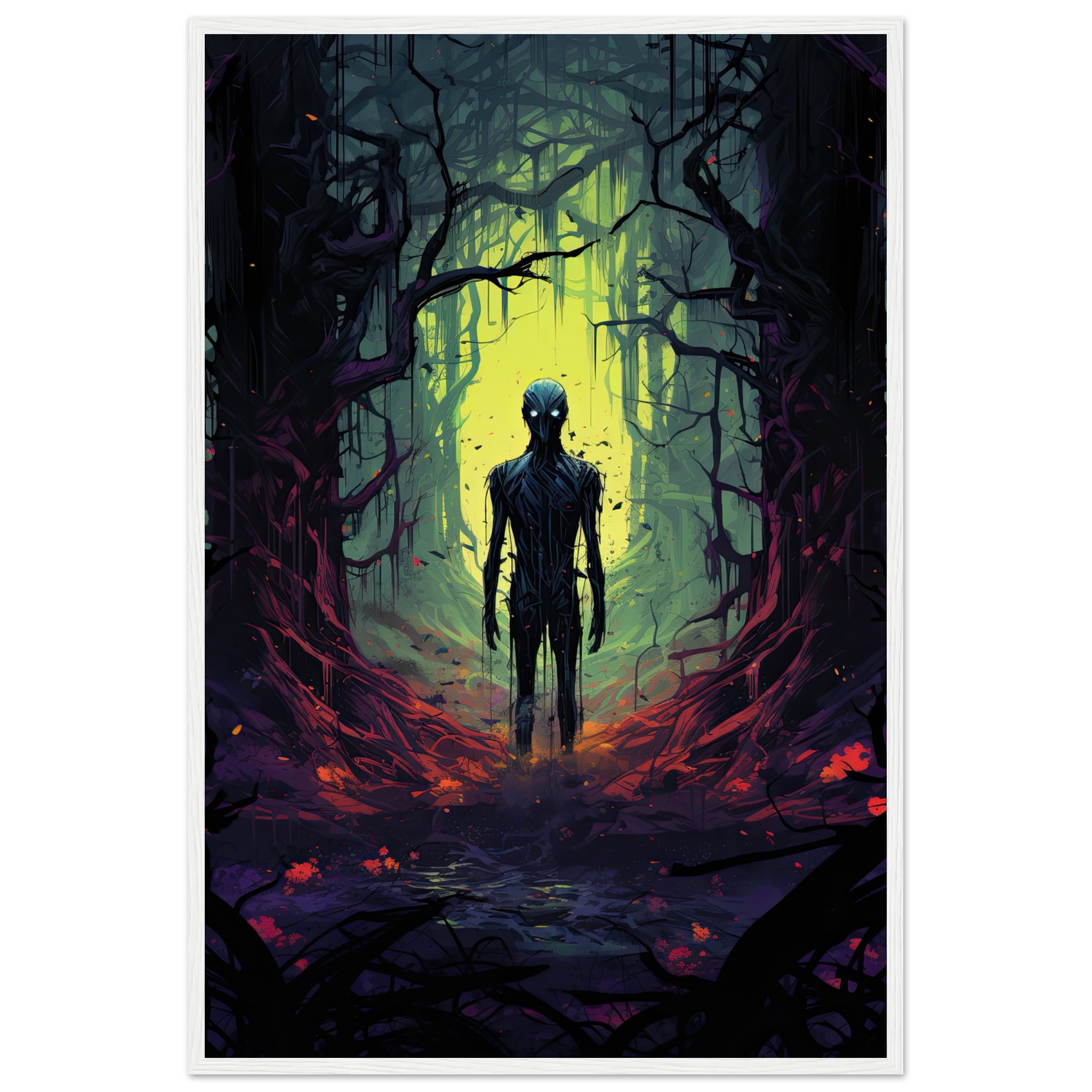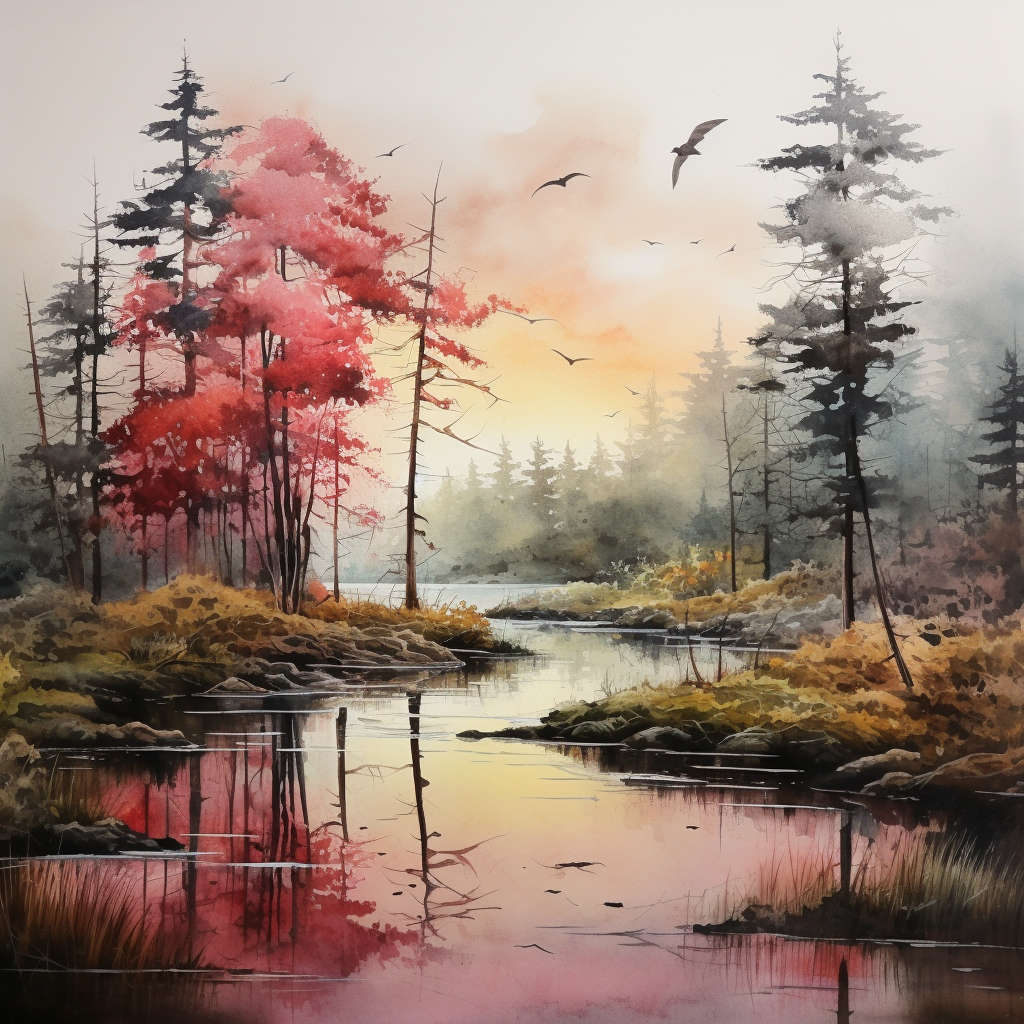
24
Jul
Unveiling the Enchantment of Watercolor Art: History, Techniques, and Magic
Watercolor art, a captivating and timeless medium, has enchanted artists and art enthusiasts alike for centuries. Its unique properties, transparency, and versatility make it a preferred choice for creating stunning masterpieces that capture the essence of the world. In this article, we will delve into the mesmerizing world of watercolor art, exploring its history, techniques, and the enchanting magic it brings to the canvas.
A Brief History of Watercolor Art
Watercolor art can trace its origins back to ancient civilizations. Egyptians and Chinese artists used pigments dissolved in water to create delicate illustrations and depictions of their surroundings. However, it was in the 15th century that watercolor art began to gain prominence in Europe, primarily as a medium for illuminated manuscripts. It gradually evolved as a standalone art form, with Albrecht Dürer and William Blake being among its early proponents.
The 18th and 19th centuries witnessed a surge in the popularity of watercolors as artists like J.M.W. Turner, John Singer Sargent, and Winslow Homer pushed the boundaries of the medium. Watercolor societies were established, and the art form became a prominent feature in exhibitions worldwide. Today, watercolor art continues to thrive as contemporary artists experiment with its limitless possibilities.
Techniques and Materials
Watercolor art’s allure lies in its spontaneous and fluid nature, but it demands a delicate balance of skill and control. Artists utilize various techniques and materials to create their unique works of art:
- Washes: A fundamental technique in watercolor art is creating washes, which involve applying layers of diluted pigment to achieve gradual shifts in color intensity.
- Wet-on-Wet: This technique involves applying paint to a wet surface, allowing the colors to blend and bleed into one another, creating soft and ethereal effects.
- Wet-on-Dry: Contrarily, artists may apply paint to a dry surface, offering more control and precise details.
- Glazing: Artists use glazing to apply thin, transparent layers of color atop dry washes, lending depth and richness to the artwork.
- Dry Brush: By using a minimal amount of water, artists create textural effects and intricate details through dry brush strokes.
- Lifting: Watercolor artists can selectively remove paint from the surface using a damp brush or sponge, offering opportunities to correct mistakes or add highlights.
The choice of materials plays a crucial role in watercolor art. High-quality watercolor paper with appropriate weight and texture ensures that the paint behaves as intended. Professional-grade watercolors are available in tubes or pans, offering a wide range of colors and intensities.
The Magic of Transparency and Layering
One of the most captivating aspects of watercolor art is its transparency. Unlike opaque mediums like oil or acrylic, watercolors allow light to pass through the pigments, creating a luminous and ethereal quality. The layering of colors further enhances this enchantment.
Artists can build up the intensity of their artwork by overlaying washes and glazes. The initial layers serve as the foundation, establishing the overall color palette, while subsequent layers add depth, complexity, and a sense of dimension to the piece. The transparency and layering in watercolor art evoke a sense of fluidity and lightness that can be truly mesmerizing.
Capturing Atmosphere and Mood
Watercolor art’s ability to evoke emotions and capture the essence of a scene is unparalleled. The delicate washes and subtle gradations allow artists to depict the interplay of light and shadow, bringing a sense of atmosphere and mood to their work. Whether it’s a serene landscape, a bustling cityscape, or a tender portrait, watercolor art has the power to transport viewers to the heart of the artist’s vision.
Embracing Unpredictability and Happy Accidents
Watercolor art embraces spontaneity and embraces the unexpected. Artists often celebrate the beauty of “happy accidents” that occur when paint behaves unpredictably. These unplanned occurrences can lead to extraordinary effects, giving each artwork a unique character. Such unpredictability fosters a sense of freedom and improvisation, making the process of watercolor art both exciting and fulfilling.
Watercolor art continues to mesmerize us with its ethereal charm and its ability to evoke emotions and capture the essence of the world around us. As artists and art enthusiasts explore its boundless possibilities, this captivating medium remains a timeless symphony of colors. Whether it’s the transparency, the layering, or the celebration of unpredictability, watercolor art will continue to enchant and inspire generations of artists to come. So, pick up your brush and immerse yourself in the mesmerizing world of watercolor art, where creativity flows like a river, and colors dance like melodies on a canvas.


